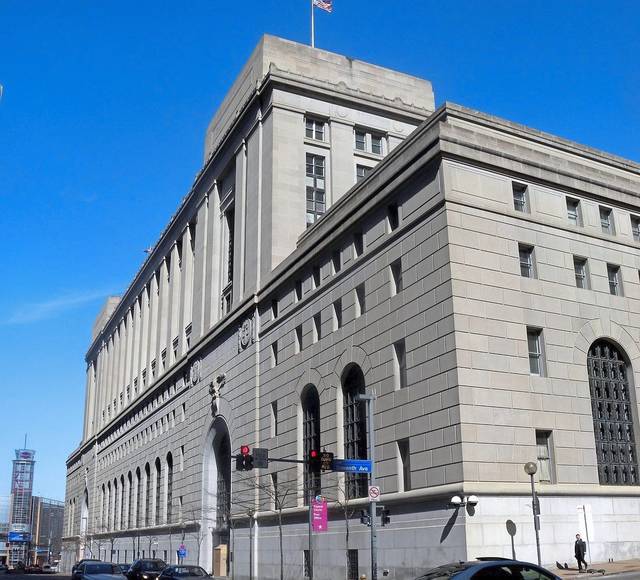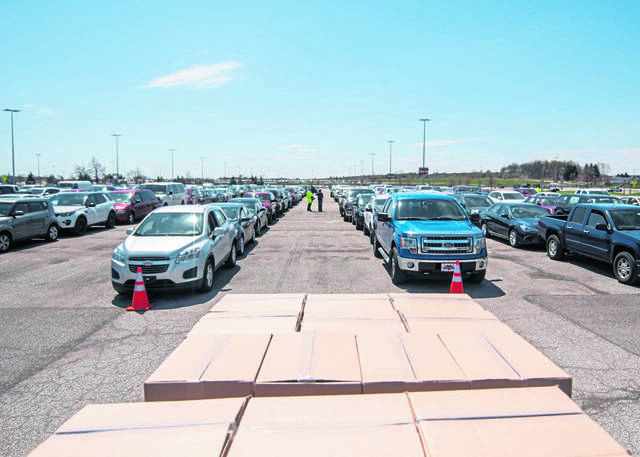Overdose deaths in Allegheny County rose slightly in 2019, and combinations of fentanyl/cocaine and fentanyl/heroin remained the deadliest combinations — a grim reminder that the opioid epidemic continues to rage on.
Across the county, drug overdoses killed 564 people last year, up from 492 in 2018. Fentanyl was found in 77% of overdose victims.
“We must continue to work together to prevent deaths due to opioid overdose. These are primarily young adults — they are our children, grandchildren, friends and relatives,” said Debra Bogen, director of the county health department.
Nearly three-quarters of overdose victims were between 25 and 54, according to the data released Friday by county officials. About 24% were between 25 and 34, about 27% were between 35 and 44, and about 23% fell into the 45 to 54 age group.
It’s a pattern that has held steady in the years since opioid overdoses exploded locally and across the country. Overdoses began rising quickly in 2014, from 306 to 424 to 650 to 737 in 2017. Of the overdoses in that time frame, 90% were opioid-related, officials said. From 2008 to 2013, the county averaged about 250 overdose deaths each year.
“The pattern of drugs seen in the county’s overdose deaths has remained consistent since 2016, when fentanyl surpassed heroin and became the most common agent found in the mixture of drugs causing the overdose,” said county medical examiner Karl Williams.
In concert with the rise in opioid overdoses, the health department began distributing the overdose-reversal drug naloxone. Since 2015, according to the health department, more than 22,200 naloxone kits and 165 trainings were distributed. Most first responders are equipped with the drug.
Naloxone usage by paramedics in the county began to increase in August, as did emergency room visits for suspected overdoses, officials said. In response, the health department created the Overdose Data to Action Program, which works with a federal program of the same name.
The idea is to use overdose data to better tailor prevention efforts, diversion programs and treatment programs. The Centers for Disease Control and Prevention in 2019 awarded the county’s program federal funding — $5.2 million a year for three years.
“The surveillance efforts supported by the Overdose Data to Action grant help us to identify priority communities and/or populations that are at risk for overdose,” Bogen said. “But, most importantly, these data will inform the work of our community partners to target access to high-quality, evidence-based prevention and treatment programs and to work to de-stigmatize drug use so that everyone feels safe and supported to access services.”
In its annual report released last month, figures from the Westmoreland County Coroner’s Office showed a decline in drug overdose deaths for the second consecutive year.
Coroner Ken Bacha said he was pleased that the number of drug overdose deaths continued to drop in 2019, with 115 deaths recorded compared to 122 in 2018. In 2017, the county had 193 deaths.
Bacha said the 40% drop in deaths from 2017 encourages officials that awareness, education and other efforts are helping.
“It’s not as big a decrease as the previous year, but it’s promising,” Bacha said.








